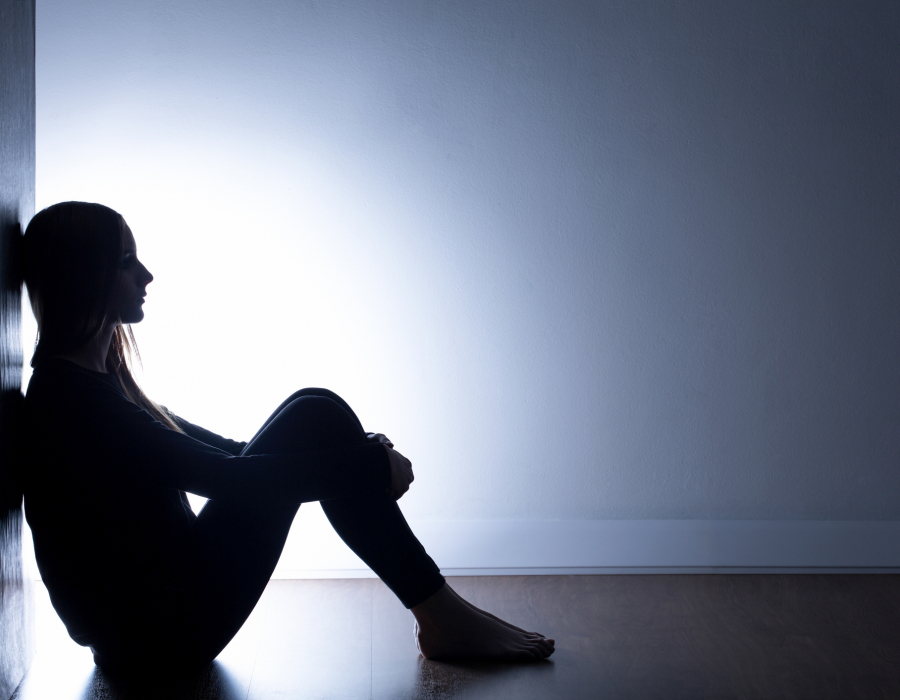Girls and Mental Health

In middle and high school, female students report higher incidents of psychological and emotional issues than male students — and that can interfere with their academic achievement.
Another Hurdle for Girls
Rigid gender stereotypes contribute to increased depression, substance misuse and suicide. Half of children and youth with a mental health condition are not treated. Some of this is attributed to school performance pressure and anxiety, to social interactions and influences, including social media, appearance and body image pressures and harassment.
Schools are increasingly focusing on approaches considering the social-emotional needs and development of students as central to education, recognizing that mental and physical health relate to the ability to learn and thrive.
- More than a third of teenage girls experience a depressive incident, compared to around 14% of boys. 41% of female high school students reported periods of feeling sad or hopeless within the past year.
- Mental health issues among youth appear to be increasing. Major depressive events among 12-to-17-year-olds went up by more than 50% since 2005.
- Suicides among girls ages 10 to 14 tripled between 1999 to 2014, and suicides among girls 15 to 19 doubled from 2007 to 2015. More than 9% of female high school students attempted suicide in the last year, compared to 5.1% of males.
- More than 63% of gay, lesbian and bisexual youth report feeling persistently sad or hopeless within the last year, and 23% attempting suicide.
- Attempted suicides were higher among female (9.3%) than male (5.1%) students; higher among white female (7.3%), Black female (12.5%), and Hispanic female (10.5%) than white male (4.6%), Black male (6.7%), and Hispanic male (5.8%) students, respectively.
Related
The Preschool & Elementary Years

Challenges to the Teaching Profession

